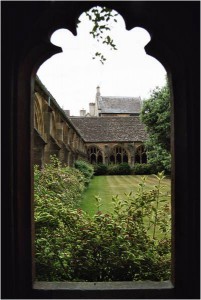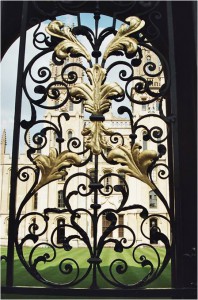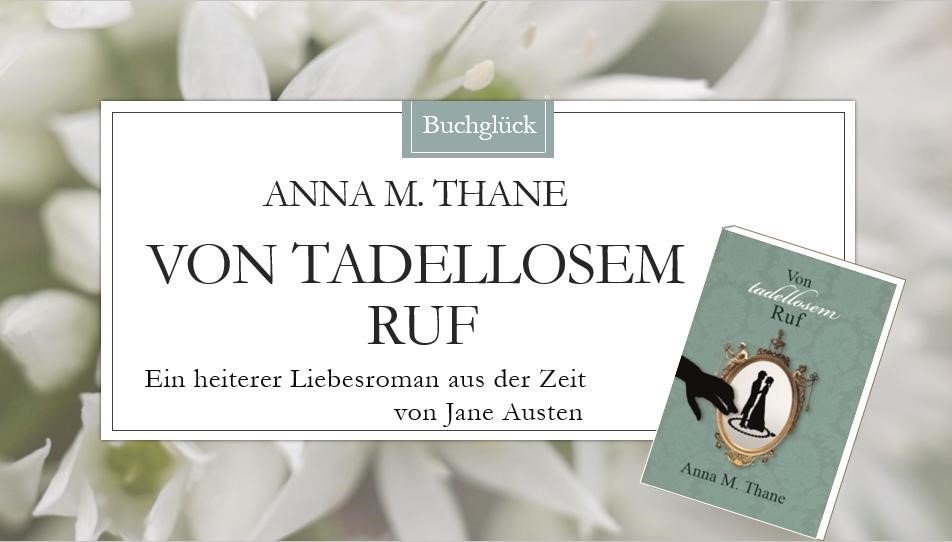 In the Romantic Age only men were allowed to study. But the all-male student body was amazingly diverse: The social structure at the University mirrored society and its class system.
In the Romantic Age only men were allowed to study. But the all-male student body was amazingly diverse: The social structure at the University mirrored society and its class system.
Imagine a young man with a background in trade on his first day in Oxford. He finds himself in the same college with a first-year university student who is the son of a peer. Yet, these two undergraduates are worlds apart – in goals, living conditions, appearance and rules for behaviour.
The 4 student groups
The undergraduate student body consisted of four groups. These were:
- Noblemen
- Gentlemen-commoners
- Commoners
- Servitors
Noblemen-students were the sons of peers, ranking from Baron to Duke. They had many privileges and few duties. They lived in the best chambers, dined with the dons and generally could do what they pleased. They were exempt from taking exams simply by their rank. Tutors had no right to supervise their studies.
Noblemen-students were allowed to wear gowns of finest silk, adorned with gold lace. Their academic cap was distinguished by a golden tassel.
On the other end of the social scale, servitor-students had to work for their living and their education. Besides studying, they performed jobs for other students, such as serving food and drink during dinner and supper. They lived in the smallest, darkest and coldest rooms. Higher ranking students occasionally mobbed them for being poor.
Servitors wore a round cap and plain black gown made of the cheapest cloth.
Gentlemen-commoner-students and commoner-students were lucky to have wealthy fathers paying for their tuition and ‘commons’ (i.e. provision). Commoner-students were the sons of tradesmen and lower bourgeois. Gentleman-commoners derived from the class of the landed gentry (i.e. baronets, knights, esquires, and gentlemen). They were required to pay higher fees than ordinary commoners.
The Gentlemen-commoner’s gown was made of silk and was richly adorned with black tufted tassels on the sleeves and around the hem. The velvet cap featured a black tuft. The Commoner’s gown was made of black bombazine without any ornaments. The cap lacked the tassel.
 Preventing Disorder and Revolution
Preventing Disorder and Revolution
The social structure of the student body was to be kept under all circumstances. The strict hierarchy was believed to save the university and the country from disorder and revolution. Thus, the four groups didn’t mix. It was out of the question that noblemen-students talked to gentlemen-commoners or partied with commoners. Neither of them would have taken notice of a servitor-student unless they wanted him to perform a service.
Rules were not the same for everybody
Let’s get back to our two first-year university students, one from the trade and one from a noble family.
When arriving at the University of Oxford, both of them plunged into a world where studying and pleasure rivaled for the undergraduates’ attention. Books and learning played a minor part. But university life was not equally jolly for everybody. Rank was what mattered in the way an undergraduate studied and the way he spent his pastime. Read more here about rules and regulation for undergraduates – and who was above them.
Source
Midgley, Graham: University Life in Eighteenth-Century Oxford; Yale University Press, 1996.
Related Topics
Far from the madding books: Studying at Oxford University
Writer’s Travel Guide: Burton Constable Hall
Article by Anna M. Thane, author of the novel
“Von tadellosem Ruf” (http://amzn.to/2TXvrez)

